20 breathtaking wildlife species you can see while kayaking [Pacific Northwest]
The Pacific Northwest in the United States is a breathtaking region for wildlife lovers to explore by kayak. Some of the incredible animal species that can be observed respectfully in the wild include bald eagles, harbor seals, orcas, beavers, salmon, and osprey. Some of these are more commonly sighted PNW animals than others, but all are thrilling to observe.
From iconic lakes to famous rivers and coastal paddles, there’s something for every non-motorized kayaker to enjoy in Washington, Oregon, and Idaho. And here at Flatwater Kayak Club, we love admiring and protecting wildlife. It’s always a treasured experience when you observe a wild creature in its natural environment.
Learn more about 20 incredible Pacific Northwest wildlife species that flatwater kayakers can spot on their next paddling trip (and essential top code of conduct rules for observing wild animals respectfully and legally, with a free PDF download file!) for an unforgettable outdoor adventure…
Orcas
If sea kayaking is your thing, head to the San Juan Islands in Washington State for a true bucket list experience of kayaking near a resident orca pod (at a safe and respectful distance so as not to alter these animals’ behavior). There are several great guided tour experiences from Friday Harbor and other kayaking launch points.
A member of our Flatwater Kayak Club community captured this video off San Juan Island.
We highly recommend paddling with a vetted, expert guide in the area (and one who knows the tides, currents, winds, weather conditions, and more essential safety factors).
You’ll need some confidence in your sea kayak paddling skills and a bit of luck on your side to see these stunning orca whales and other marine wildlife swimming in the Salish Sea.
Be sure to research tour operators in advance of booking to ensure your guide follow ethical and legal practice for safe and respectful orca interaction to help preserve and protect this beloved local species.
Jump to the bottom of this post to learn more ways kayakers can help look out for wild animals and their natural habitats.
“Wherever there is water, people have paddled for thousands of years—and the onus is on us to protect those waterways for another thousand.”
2. River Otters
Adorable river otters are a delight to observe in the wild. Increase your chances of paddling upon these playful creatures by exploring one of the Pacific Northwest’s abundant rivers.
A great place where we spotted our first river otter from a kayak?
On the Willamette River, while paddling around Ross Island, in Portland, Oregon.
3. Bald Eagles
Bald eagles are native wild species to the Pacific Northwest, so if you’re paddling around one of our favorite Flatwater Kayak Club routes, you already have chance in your favor (aren’t we lucky?).
But the full natural range of these iconic birds includes most of Canada, Alaska, all contiguous United States, and northern Mexico.
Bald eagles are the iconic national symbol of the United States. To increase your chances of observing a bald eagle safely from a kayak, follow these five tips:
Kayak in their natural range,
Understand their habitats,
Search the tall trees,
Look for a nest, and
Know bald eagle identification markers.
Wild bald eagle spotting from a kayak in Washington state.
Need a paddling route recommendation to look for bald eagles in their natural habitat?
We spotted bald eagles in the wild while flatwater kayaking at the Ridgefield National Wildlife Refuge in Washington.
I also observed three bald eagles (separately, but within a few miles of each other) near Hood River, Oregon, quite recently. And last weekend (July, 2024), on a two-day, 30-mile paddle on the Willamette River, we spotted over a dozen bald eagles – including massive, dark-plumed juveniles. It was incredible!
4. Black-Tailed Deer
Black-Tailed Deer viewing from a kayak at Ridgefield National Wildlife Refuge in Washington
If you head over to Ridgefield National Wildlife Refuge (you can easily rent a kayak on-water at Alder Creek, a local paddle shop in the area), and keep your eyes peeled for the cute and charming Pacific Northwest Black-Tailed Deer.
This shy species are a subspecies of mule deer, and they’re usually hiding during the daytime, where they make their homes in brush and timber.
If you’re paddling during dawn or dusk, or at a protected wildlife refuge like the one mentioned above, you’ll have increased chances of seeing these cute blacktailed deer in the wild.
5. Great Blue Heron
The largest heron in North America - reaching approximately four feet in height - this is a really cool bird to spot in its natural habitat.
We spotted several stately great blue heron birds while kayaking around Hog Island in Portland, Oregon.
Did you know? These birds have benefitted from the recovery of beaver populations across the US, and they’re one of the most widespread waterbirds in the state of Oregon.
6. Elk
Elk are also called wapiti, which is a Native American word that means “light-colored deer.” These animals are related to deer, but they’re a much larger species.
A male elk's antlers can tower 4 feet above its head, making the bull reach an impressive 9 feet in height!
Set your sights on kayaking in Olympic National Park in Washington State (on the Olympic Penisula) for your best chances of spotting majestic and beautiful elk from the water.
Elks migrate and travel in herds, and in the summer, they travel to grazing grounds at higher elevation. The best way to spot a wild elk from a kayak are during the spring and fall.
7. Red-Tailed Hawk
One of the most common of the large hawks in North America, the red-tailed hawk is an impressive opportunistic hunter to see in the Pacific Northwest.
These birds have a well-known vocal call that’s often used in media as a replacement for other birds, like eagles, vultures, and especially bald eagles (any one else remember The Colbert Report intro?). If you don’t see a red-tailed hawk flying over the river or lake, or hear its call, look for a nest.
These birds build their nests on tall trees, close to the trunk on horizontal limbs. Resourceful creatures, they’ve also been known to build nests on cliff edges and smaller trees.
Red-tailed hawks lay their eggs in March and April, so springtime paddling in the Pacific Northwest will provide some opportunities to see a doting mother or father hawk on a nest.
“Take care not to cause disturbance or damage to habitats that you cross to access water.”
KAYAKING SAFETY NOTE: Remember to always wear a life jacket or personal flotation device (PFD). This an essential part of kayaking safety, and wearing a life jacket can literally save your life. We never head out on the water without a life jacket on - our dog also wears one!
8. Great Egret
White, tall, elegant, and long-legged, great egrets can be found wading in shallow waters in the Pacific Northwest.
They can be found in both salt and fresh water, where they’re known to hunt frogs, fish, and other small water creatures.
Great Egrets were once hunted for their beautiful plumes to adorn hats, and their rebounding populations can be traced back to supportive efforts made by the Oregon Audubon Society. If you spot a great egret while kayaking, you’ll notice it has a beautiful S-shaped neck and an orange beak.
Need an inspiring and powerful nature quote for your article, social media post, or website?
9. Salmon
If you find yourself on amazing river trips with the thrill of migrating salmon swimming beneath your boat, you’re also bound to enjoy observing other incredible wildlife species by kayak - including sea lions, which we observed ourselves in Oregon City. There are also four species of salmon that migrate through Scappoose Bay (which is a great spot to encounter water birds too).
In Summer, 2023 we observed migrating Chinook salmon in Washington as they journeyed through Ballard Locks and what some might call the “harbor seal and sea lion salmon gauntlet” or, rather, are funneled through a salmon ladder that you can observe from above or on water. Did you know that the incredible salmon species that pass through the Ballard Locks travel 40-50 miles upstream to spawn?
10. Osprey
Osprey are known for building massive nests near the tops of tall trees (and even human made structures, like telephone poles). Osprey are unique among the hawk family for their adapt skill at aerial diving into the water to hunt and catch for live fish.
In the Pacific Northwest, these large migrating birds can be spotted along ocean shorelines for those of you who enjoy sea kayaking. We’ve also heard reports that osprey live around Lake Wenatchee in Leavenworth, Washington.
Personally, we’ve spotted osprey on several occasions across the Pacific Northwest. But most recently on the Willamette River, there’s a huge nest downstream from Salem in the Willamette River Valley.
“An Osprey may log more than 160,000 migration miles during its 15-to-20-year lifetime.”
11. Sea Lions
Kayaking with sea lions in Oregon.
There are many places in the Pacific Northwest where you can observe sea lions by water or land, but we discovered them ourselves by chance while kayaking beneath Willamette Falls in Oregon City, Oregon (just about 30 minutes south of Portland) in Spring (late April, to be exact) during the annual salmon run.
The sea lions we observed in the wild were hunting near the base of the falls, and it was an incredible experience to witness their beauty, size, and playfulness in the wild from a recreational kayak!
These Oregon City sea lions are a contested issue in the state, however, as they have extensive appetites and have been known to eat many threatened winter steelhead fish populations.
Another member of our community observed wild sea lions on the rocks while kayaking near San Juan Island, Washington.
Have trouble telling the difference between seals and sea lions? Sea lions have small flaps for outer ears, while seals do not.
12. American Beaver
The largest rodent in North America, the American Beaver is also the official Oregon state animal (and a mascot for one of the major state colleges).
The beaver has a rich and important history in Oregon, as it was once a key economic driver in the fur trade.
Beaver populations have rebounded from near-decimation from that time, however, and they’re considered to be common in the Pacific Northwest nowadays with pretty healthy populations (although habitat loss continues to threaten their survival).
These herbivores manipulate their environment (and our waterways) by gnawing on branches, trunks, sticks, to build dams and lodges, which is something to look out for on the water.
Kayakers will improve their chances of seeing wild beavers on a sunset paddle or night kayak tour, and be sure to listen for a loud slap on the water - an iconic sound beaver’s make when they slap their tails on the water - if you’re getting too close for comfort.
“Kayakers have the benefit of moving quietly and not emitted gases or by-products into the water - but animals aren’t living in a vacuum. If we’re not mindful of how we behave on the water, we certainly have more of an impact than some of us would believe.”
13. Belted Kingfisher
You may hear this bird before you see it. The belted kingfisher has loud, mocking vocal calls (check out their chattering voice here).
These stocky birds have large heads and blue-gray and white plumes (feathers). Kingfishers like to perch along the banks of rivers, streams, and estuaries. True to their name, they hunt small fish.
14. Harbor Seals
Head to Whidbey Island for a chance to observe adorable (but lethal fish hunting) harbor seals from a kayak.
These beautiful creatures are fascinating to observe in the wild, but be sure to stay at least 50 yards away from them – they’re protected by the Marine Mammal Protection Act - and if their curiosity brings them closer, stay still, don’t panic, and let them do their thing.
Remember to never, ever pet a wild animal, splash them, try to feed them, or land your kayak on a beach where harbor seals are gathered (especially with their pups). Let’s treat our incredible Pacific Northwest wildlife with the respect and caution they deserve.
On a recent kayaking guided tour to Ballard Locks, just north of downtown Seattle, Washington, our group observed curious, playful, and adorable wild harbor seals – even the cutest camouflaged little seal pups resting on the rocks.
15. Black Bears
These shy bears are a rarity to see from a kayak, but we kept our eye out for a swimming, fishing, or exploring black bear when we stayed a remote HipCamp along a scenic river. (Here’s a great resource if you’d like to study up on staying safe around bears).
16. Western Grebes
Lake and coastal kayakers have the opportunity to birdwatch Western Grebes when traveling through the Western United States. These cute, fuzzy-looking white and black birds have distinct red eyes.
17. Chipmunk
Head to Bend, Oregon, and kayak on the beautiful Deschutes River, and you’re bound to see countless chipmunks by water and land, as they’re one of the most common sights for wildlife viewings in the Pacific Northwest.
These adorable little creatures are highly alert in the morning hours before the sun’s heat is at its peak, and you have the chance to spot three different types of chipmunks - Allen’s, Least, and Yellow Pine.
18. Sea Stars
Launch your kayak from Owen Beach in Washington State and other areas along Puget Sound and search for sea stars and other sea life along the water’s edge (tide dependent).
19. Moose
Lake kayakers could spot a moose taking a drink or eating aquatic vegetation in dense, forested areas in Washington State. They are massive in size (and the largest member of the deer family), with adults reaching 6 feet in height at the shoulder. We’ve also heard stories of folks kayaking at Silver Falls in Idaho and observing a wild moose from their kayak boat.
Moose tend to be a loners and will wander great distances. If you’re kayaking with your dog, take extra caution. Learn more about how to minimize conflict with moose and other wildlife here.
20. Bioluminescent plankton
Enjoy a guided night time summer ecotour by kayak in the Olympic Peninsula, and experience the thrill of glowing bioluminescent plankton glowing in the waters.
This area of the Pacific Northwest is considered to offer some of the most incredible bioluminescent kayaking experiences in the world.
Since this stunning glow and light show is best viewed at night, bioluminescent kayak tours often start at twilight or nightfall, depending on the time of year.
More reading: Do you believe in Sasquatch? Read our article on Sasquatch, the Pacific Northwest Mysterious Creature
Important reading: How can kayakers respect and protect wildlife species?
According to the Outdoor Industry Association, kayaking continues to be one of the fastest growing sports in North America.
And as part of our Flatwater Kayak Club community, we know you care about protecting our beautiful environment - from wildlife to waterways - just as much as we do.
But how can recreational kayakers help protect our Pacific Northwest wildlife species and minimize conflict with animals while enjoying these bucket list experiences?
Despite the best of intentions, there is the potential of changing the natural behavior of animals when paddling on the waters they call home.
We have a responsibility to take care of our environment for our fellow humans, creatures, planet, and future generations. (Learn more about PNW conservation issues at Flatwater Kayak Club).
Download and share this free PDF infographic on code of conduct rules for kayakers & share on Pinterest to get the word out to protect wildlife & nature!
10 code of conduct rules for kayakers to keep in mind when out in nature to help protect and respect wildlife:
1. Keep a respectful (and legal!) distance from wildlife. Don’t approach animals. Never feed, disturb, harass, or capture wildlife species or remove their nests/homes.
2. Pack out everything you pack in on your kayak. And pick up any litter along your journey (provided you can do so safely).
3. Wash your kayak boat after every journey - spray down all the the mud, water, vegetation, and then let it dry fully in the sun.
4. Be careful when launching a boat from shore and paddling near a shore to not disturb wildlife and habitats.
5. Follow all local and state laws. Get a kayak permit in Washington, Oregon, or Idaho, if required.
6. Research guides before booking a kayak tour operator to ensure they follow ethical and legal standards for species interaction.
7. Take caution when kayaking with dogs to prevent interaction with wildlife (and ensure your trained dog knows proper commands).
8. Always wear your properly-fitted life jacket (we recommend dogs too) and have a whistle (and keep it handy!).
9. Never paddle under the influence of alcohol, marijuana, or drugs.
10. Especially when kayaking in an unfamiliar or remote area, don’t paddle alone.
Explore more PNW kayaking inspiration
Check out these top blog posts from Flatwater Kayak Club, especially for people who love animals of the Pacific Northwest:
Kayaking in the Ridgefield National Wildlife Refuge, Washington.
Just north of Portland, Oregon, is the Ridgefield National Wildlife Refuge, where kayakers can observe osprey, bald eagles, black-tailed deer, the American beaver, and more – not to mention lovely floating homes – from Lake River. Learn about this beautiful flatwater paddling route, where to park, and a tip for renting a kayak if you need one (or two – bring a friend!).
Kayak on the Willamette River in Portland.
Where can you go to admire the glittering city lights and iconic bridges of Portland, Oregon, paddle around an island, see incredible floating homes, all with the added chance of observing osprey, eagles, and even river otters? Look no further than the Willamette River.
Find great places to kayak in the Pacific Northwest and see an epic mountain view.
We get it – locals love it “when the mountains are out” too. On a clear day, it’s quite a stunning experience to see the great Pacific Northwest mountains on full display. Looking for a flatwater kayaking experience with an epic mountain view? Here are a few of our top picks.
5 best tips to see majestic bald eagles while kayaking in the Pacific Northwest.
Read on to discover a great place in the Pacific Northwest to explore by kayak and learn 5 tips for increasing your chances of observing our incredible national symbols during your paddling adventure.
The Hook kayaking experience in Hood River, Oregon.
Ask any flatwater kayaker about venturing out on the Columbia River, and you might hear a wise cautionary tale. But a little gem of a destination called “The Hook,” located on the Hood River, Oregon waterfront, provides a mostly-sheltered flatwater kayaking and SUP experience, unforgettable mountain and river views, Wells Island, and clearer, calmer water than some other launch points in the Gorge. Come see why this paddling route deserves a spot on your PNW flatwater kayaking bucket list.
5 top places to rent a kayak within one hour of Portland, Oregon.
The Pacific Northwest is one of the most beautiful places in the world to go flatwater kayaking. And whether you’re a visitor to the area or a resident, there are also many great places to rent a kayak within one hour of Portland, Oregon, including the Willamette River, Scappoose Bay, Ridgefield National Wildlife Refuge, Tualatin River, and Hood River. Read on to learn about our favorite kayak routes and where to reserve your single or tandem (double) rental kayak.
Disclosure: We only recommend products that we would use ourselves, and all opinions expressed here are our own. Just a heads-up, this post may contain affiliate links that at no additional cost to you, we may earn a small commission.
About Flatwater Kayak Club
Flatwater Kayak Club is a leading woman-owned online platform dedicated to supporting beginner and intermediate kayakers in the Pacific Northwest. Our company founder, a former writer for The National Geographic Channel and a current ACA member, guides our mission with her passion for kayaking, nature, and storytelling.

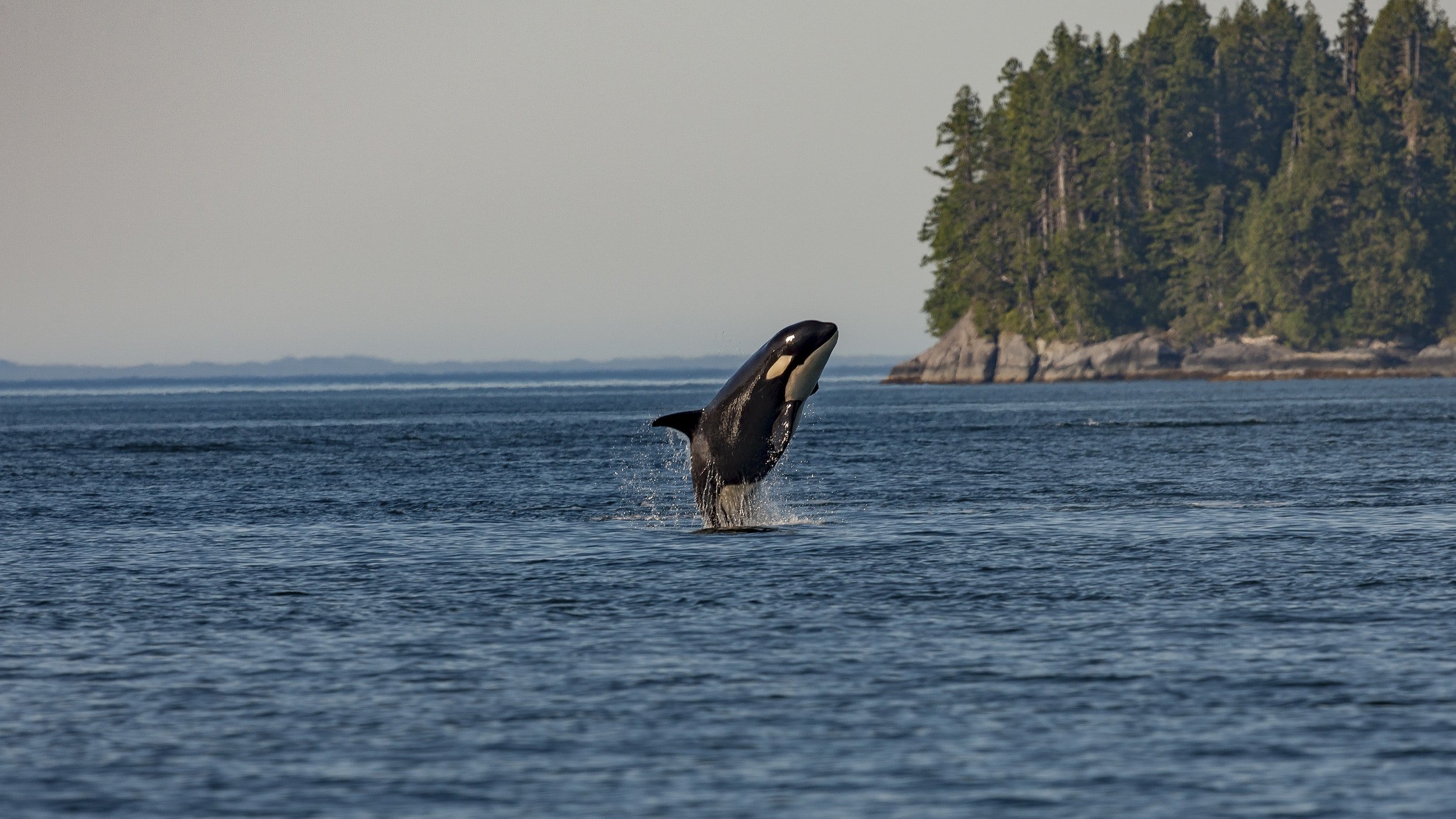

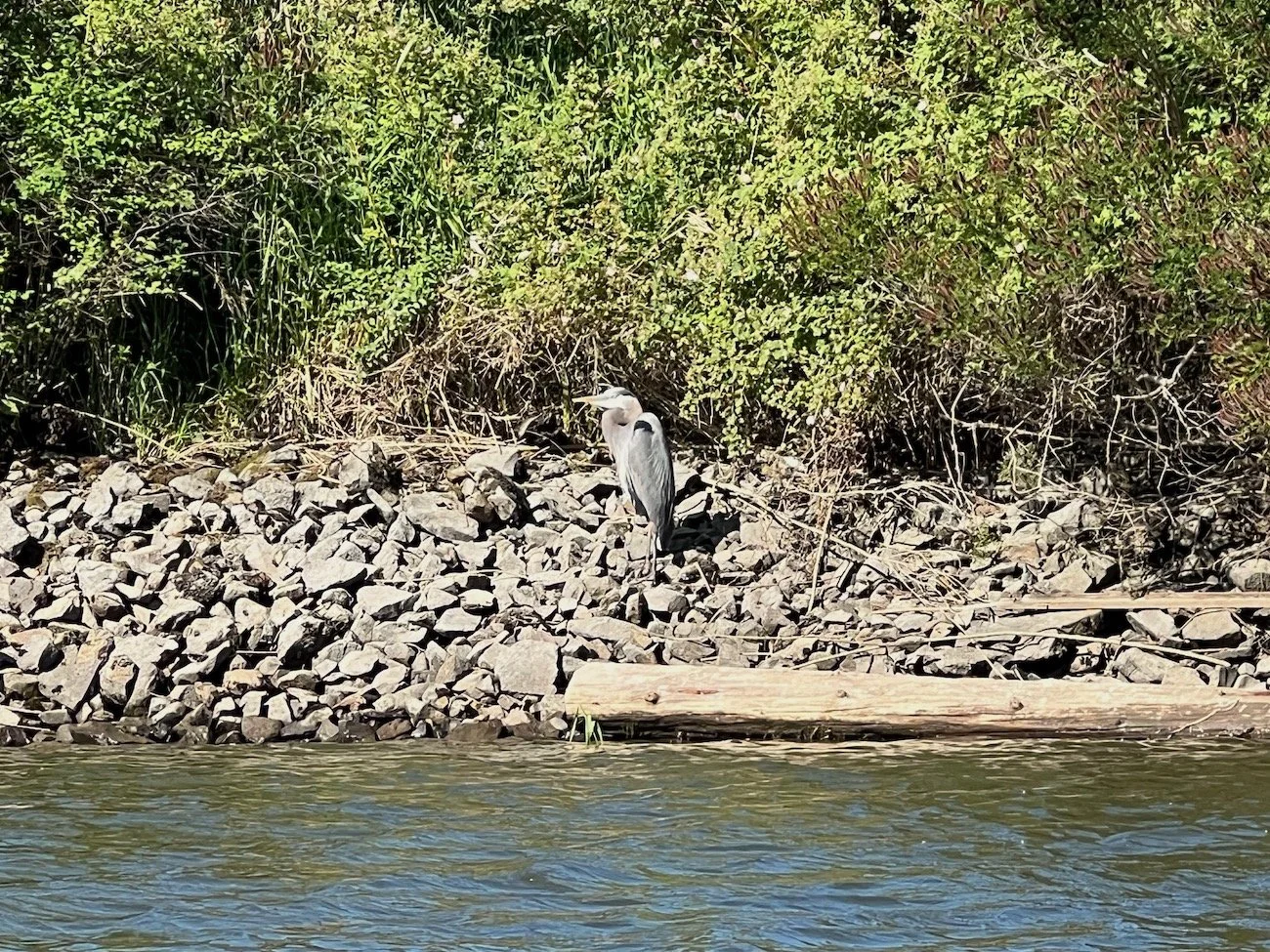
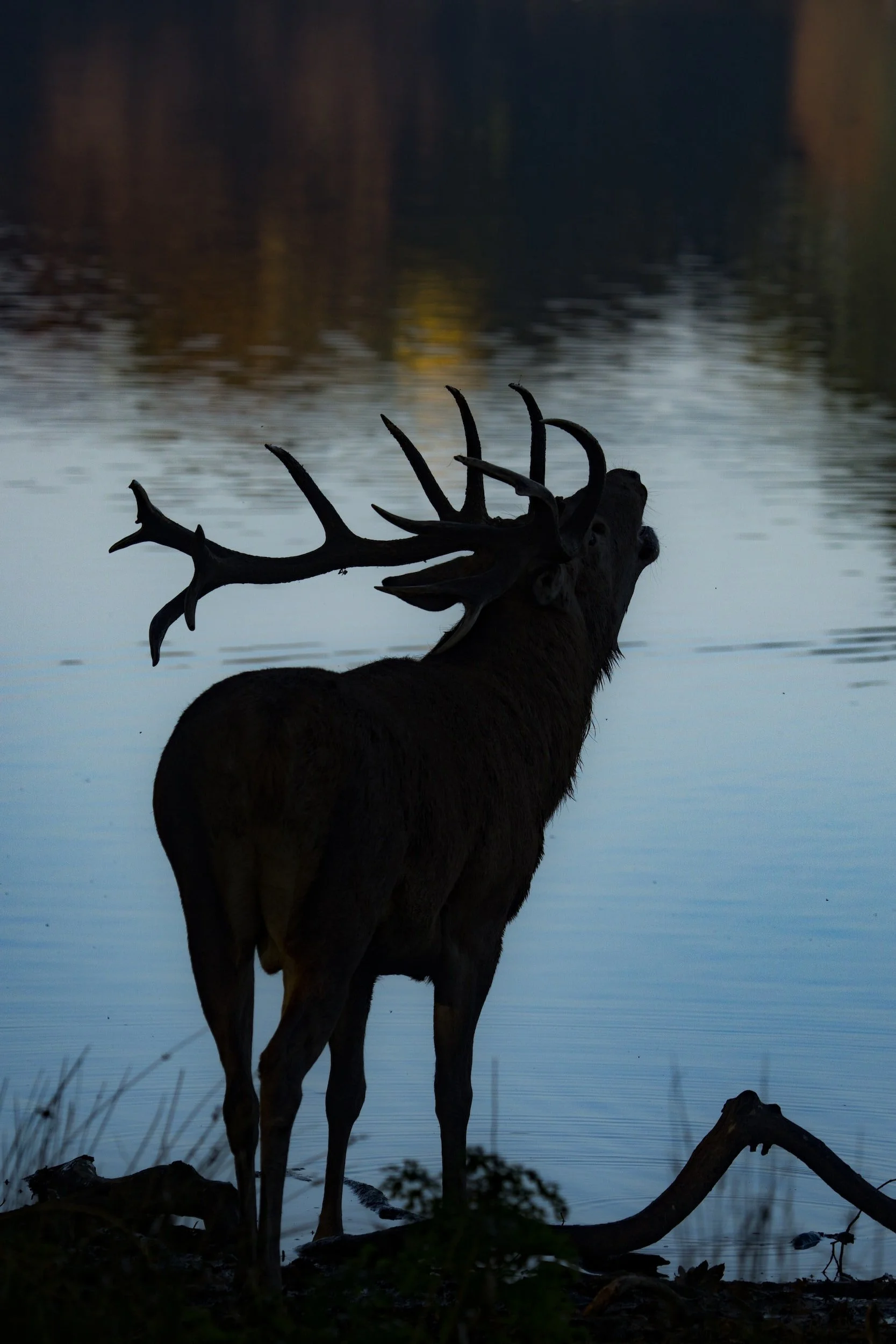



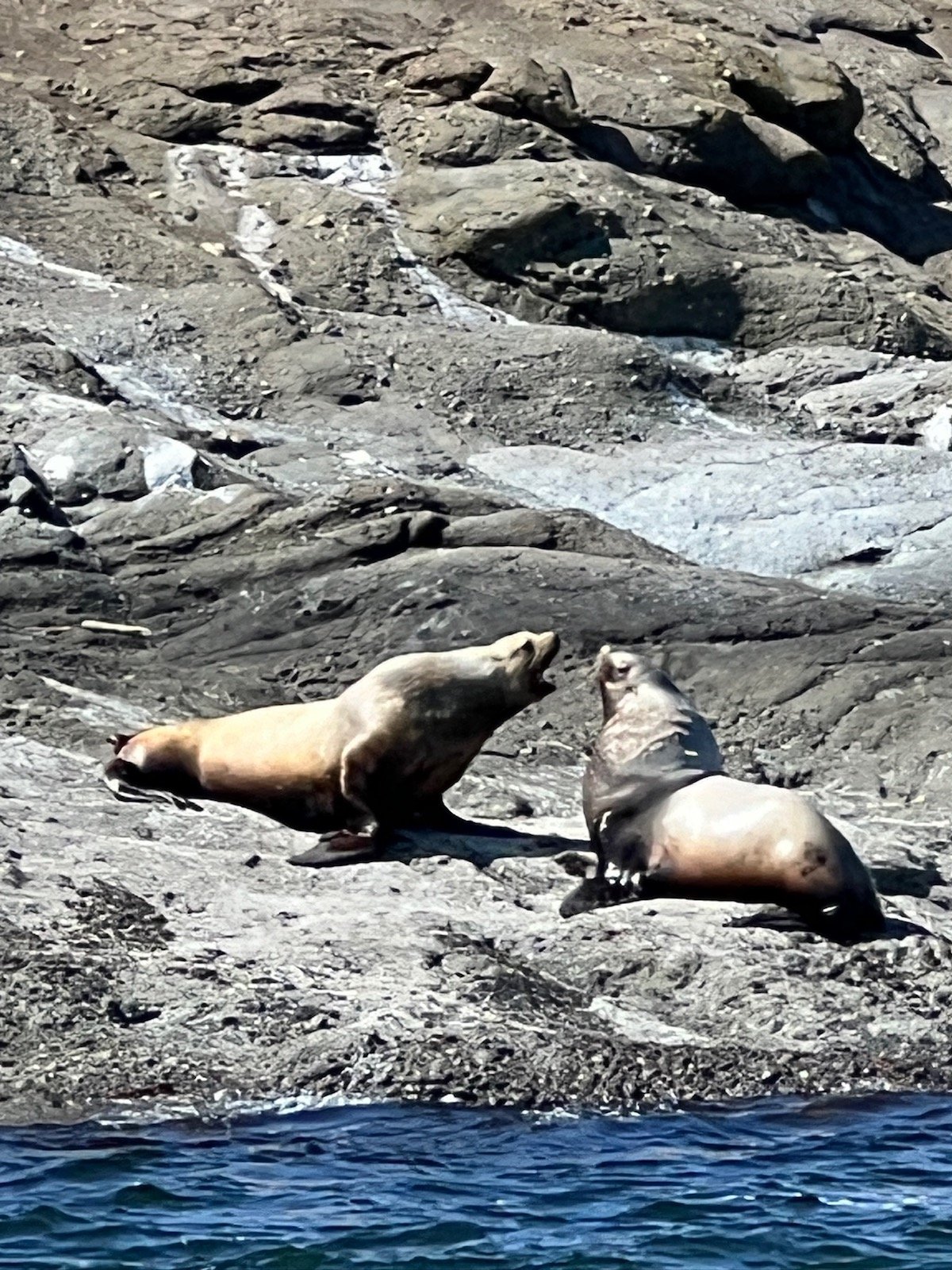

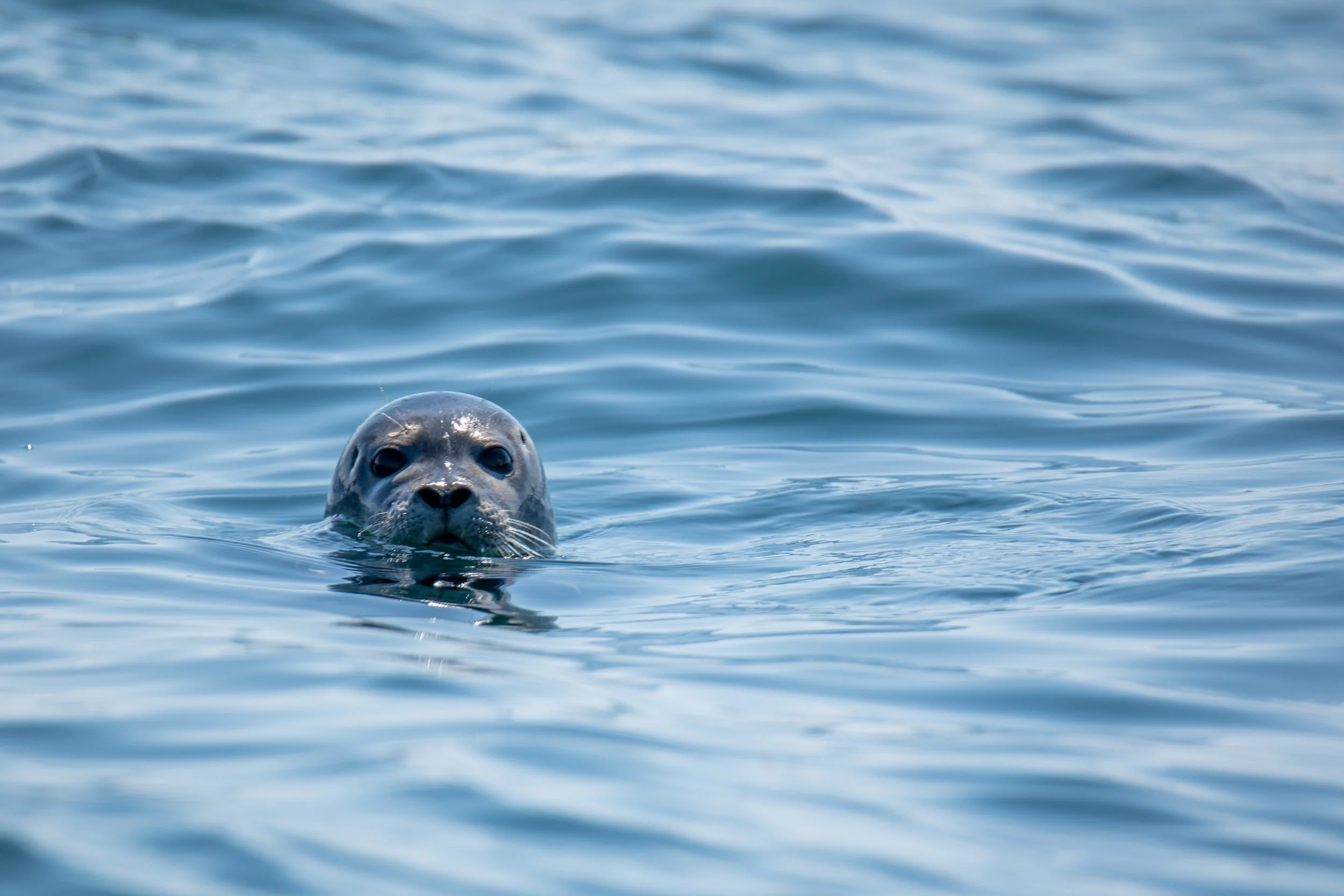

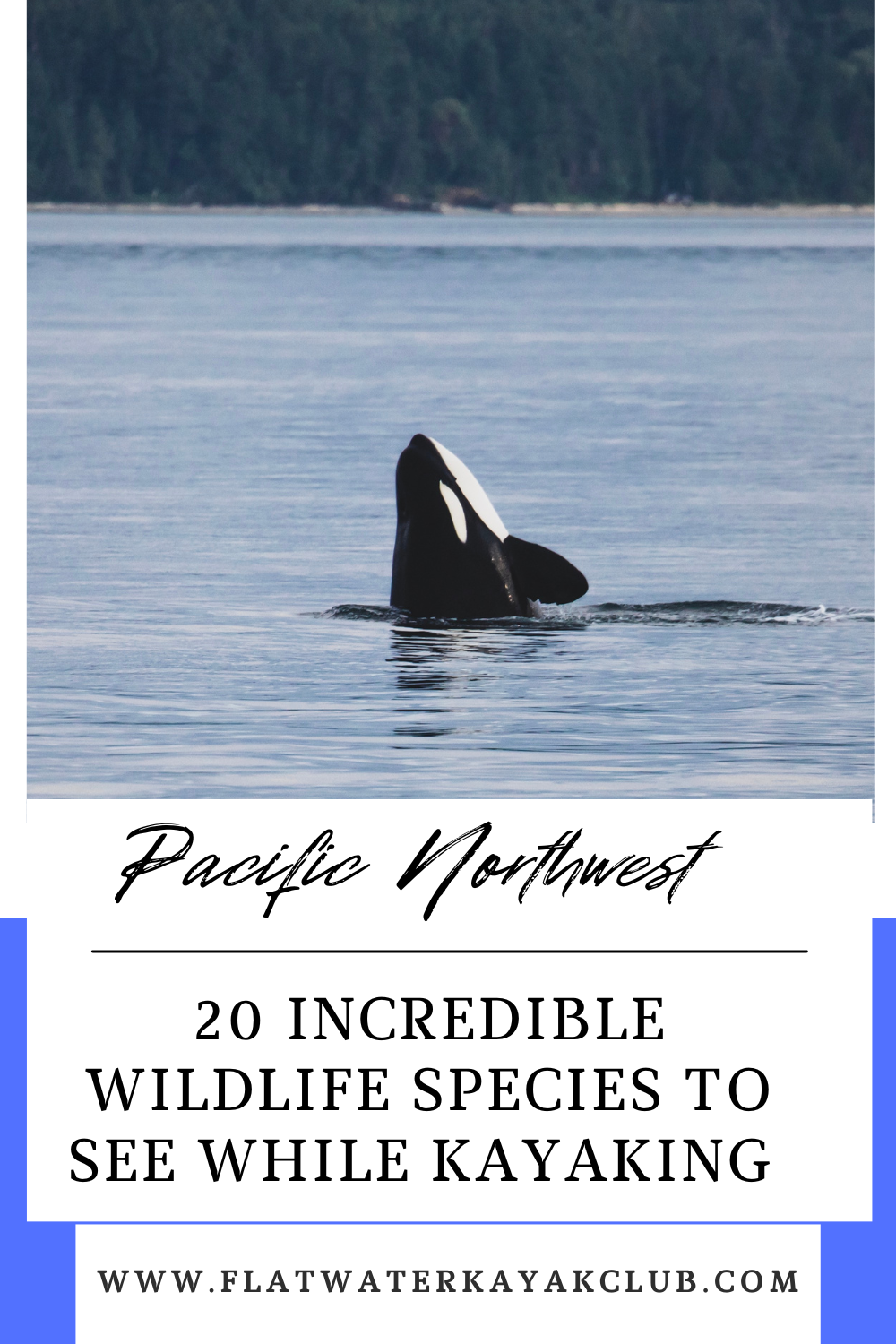


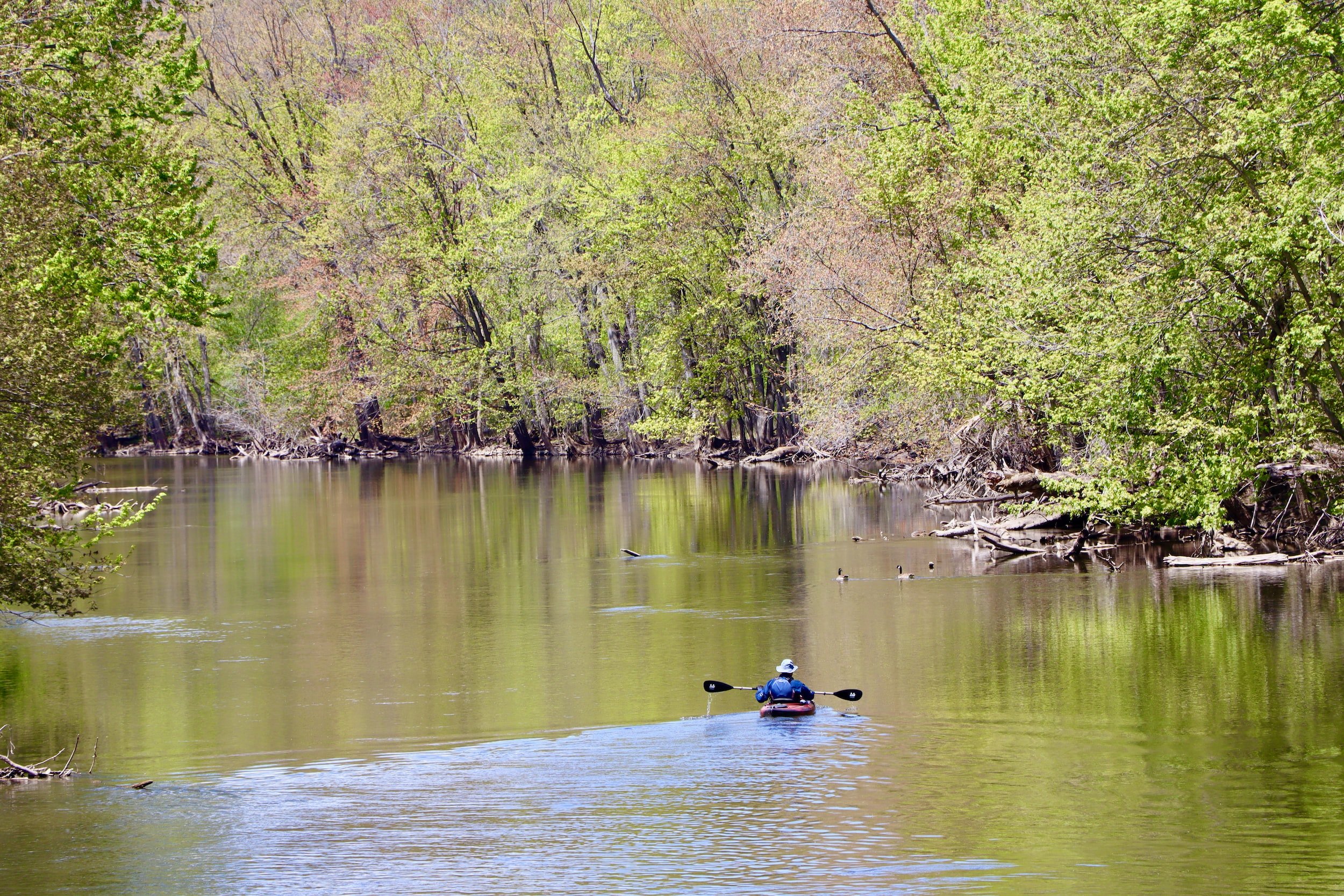


![Sea kayaking on San Juan Island, Washington [REVIEW]](https://images.squarespace-cdn.com/content/v1/62c5c6be9225615a8d0231a9/1715835771674-D9MRVGOXQM0IOAQWWWHA/sanjuanislands-kayaking-review.jpeg)
![17+ top articles to celebrate Earth Day [kayaker edition]](https://images.squarespace-cdn.com/content/v1/62c5c6be9225615a8d0231a9/1713822981159-VIBMGGWMH7Z85L73D0HA/image-asset.jpeg)



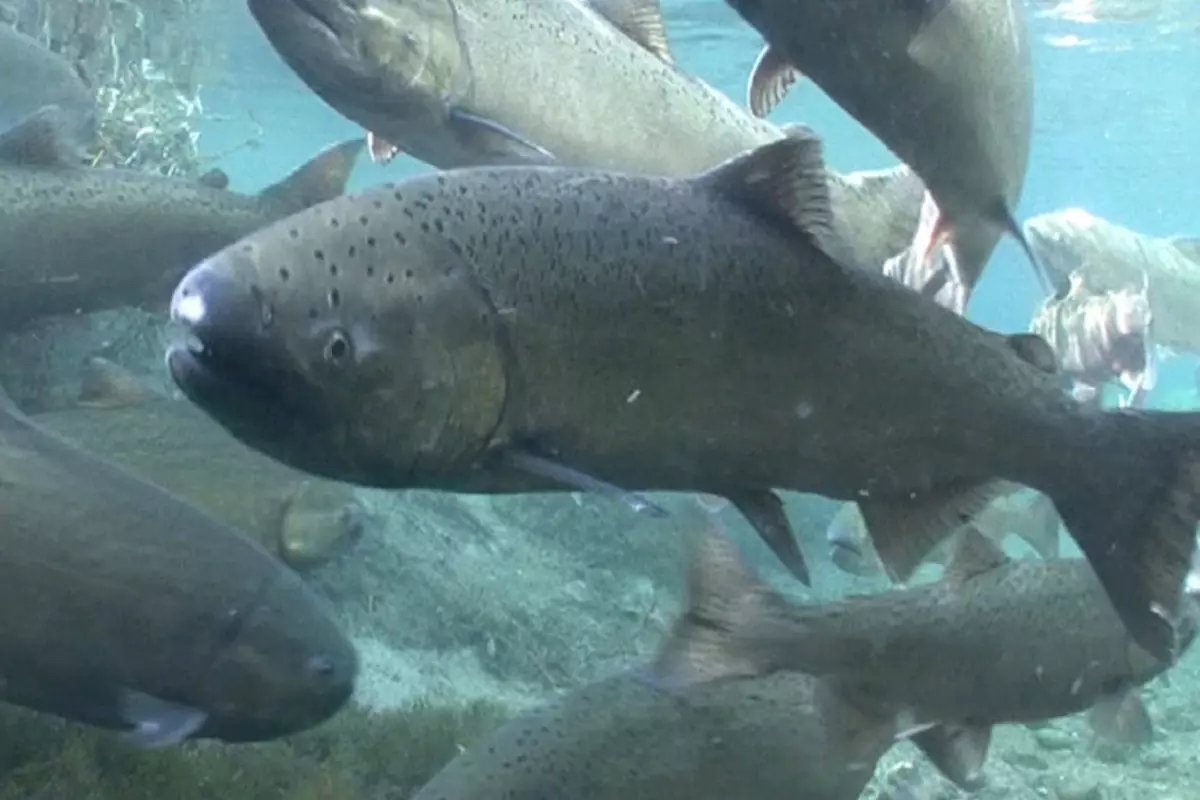
![Paddling with Pacific Northwest harbor seals [kayak wildlife]](https://images.squarespace-cdn.com/content/v1/62c5c6be9225615a8d0231a9/1694101892847-DICO2X0ISJTHPFFHESWO/image-asset.jpeg)